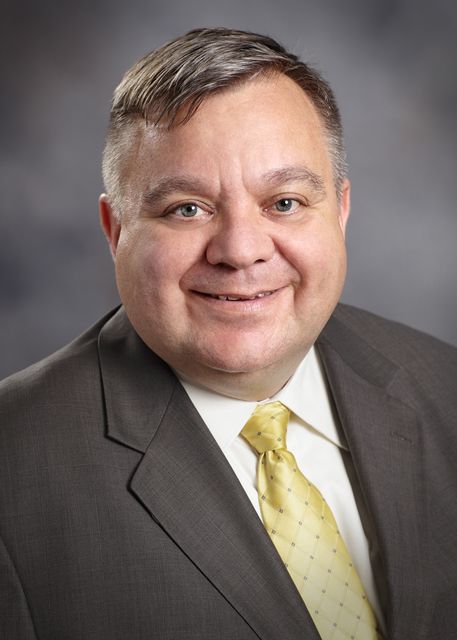Click here to subscribe today or Login.
It should come as no surprise to you when I say that higher education is increasingly competitive. That competition comes in many forms, though, depending upon the size of the institution and the playing field.
Any collegiate sports fan knows that large privates, and state-owned and state-related colleges and universities compete for student-athletes across the spectrum, from field hockey to lacrosse and from the gridiron to track and field. These same teaching and research institutions also work hard to attract the brightest students to their plethora of academic programs.
Misericordia University and many other similarly sized private institutions also compete for student-athletes and the best and brightest students, but on a much smaller or personal scale. So what attracts students to institutions like Misericordia that cannot offer exposure on the scale of ESPN’s “College GameDay” in the fall?
Our distinctiveness is the separator, as it identifies who we are and what we want to be known for in the academic community. It is a good thing that Misericordia University offers a distinctive education, as Moody’s recently released a report that forecasts a tripling in the closing of small colleges by 2017. Given that only a handful of colleges close annually, we can safely assume they are predicting about a dozen to close. There are 1,726 U.S. colleges and universities with between 1,000 and 5,000 students. There are also many colleges with fewer than 1,000 students, many of which specialize in serving a market niche.
Amit Mrig of Forbes notes that small colleges can control their destiny, if they so choose. A key, according to the article, will be to establish a competitive advantage or, in simpler terms, do something so well that it is difficult or impossible to imitate.
At Misericordia University, we do things that will make us viable and relevant 150 years from now because we live our mission by “fostering intellectual curiosity, critical thinking, and respect for persons in an environment where all are welcome.”
As a modern university – we not only foster intellectual curiosity and transmit knowledge through outstanding teaching – we create knowledge through our research and scholarship. Our student-research fellowships, for example, provide students with opportunities to link classroom teaching to real-world challenges. Students have recently identified routes to remove heavy metals from water through biological methods, discovered brain “heat maps” that can improve language acquisition and ability, and created a digital history of local communities.
We also focus on critical thinking about academic and real-world topics, challenging and evaluating assumptions that lead to our beliefs. Our students and faculty engage in more than 70 courses that feature a service-learning curriculum. The classroom material is directly translated into practice in a real-world setting. Students learn about occupational therapy and use their skills to give real people, both locally and internationally, an opportunity to once again engage in activities that many of us take for granted, such as walking or feeding oneself. Our 3,200 students last year contributed more than 193,000 hours of service to others, much of it based on the critical thinking introduced by our faculty. We turn classroom theory into both policy and practice, guaranteeing that we engage critical thinking skills that can change the world for the better.
We also continually challenge our campus community to respect people in an environment where all are welcome. As an institution created to serve the daughters of coal miners, we have always been about access to higher education. We continue that tradition with inclusion of nearly 800 students on federal financial assistance, more than 100 with documented learning challenges, and 10 women and 12 children in the Ruth Matthews Bourger Women with Children Program. Each of our students is presented with an opportunity to engage in a course of learning that leads to a better life for the student and for those who work and live in our communities through our service efforts.
Our mission demands that we seek those who need to be welcomed to higher education and provide them with access to the best teaching, research and service experiences we can provide.
I will not be president of Misericordia University in 2165, but I firmly believe that we are on the correct path to be relevant and viable, while also serving others both today and many years from now.





